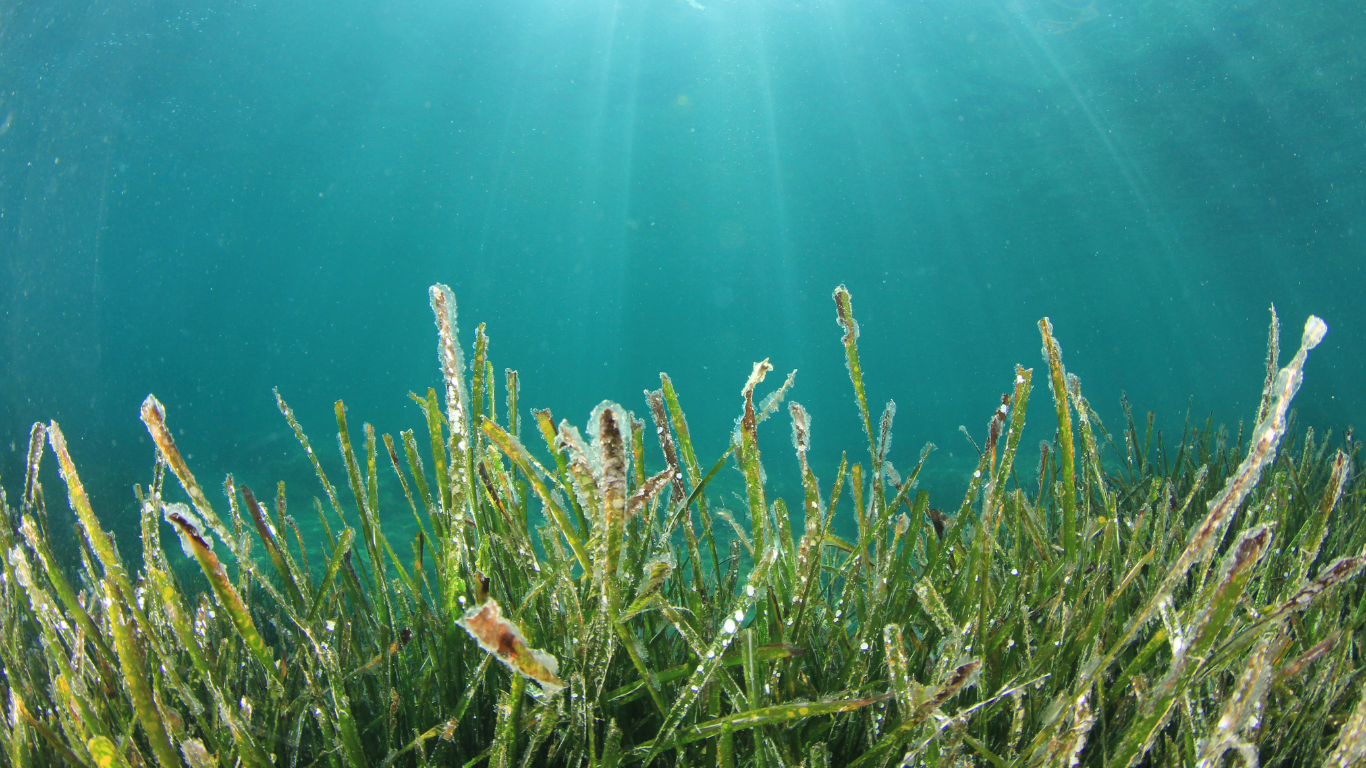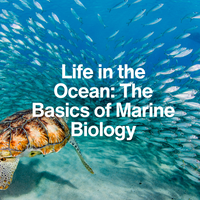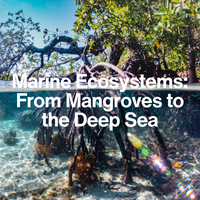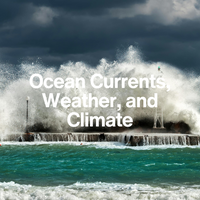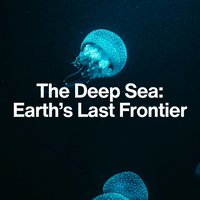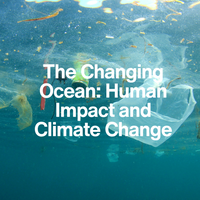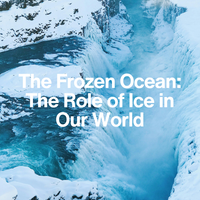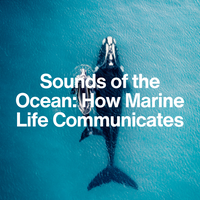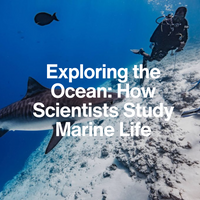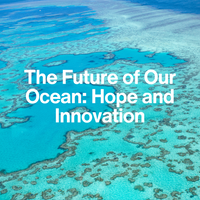LESSON 5
How Do We Discover New Marine Species?
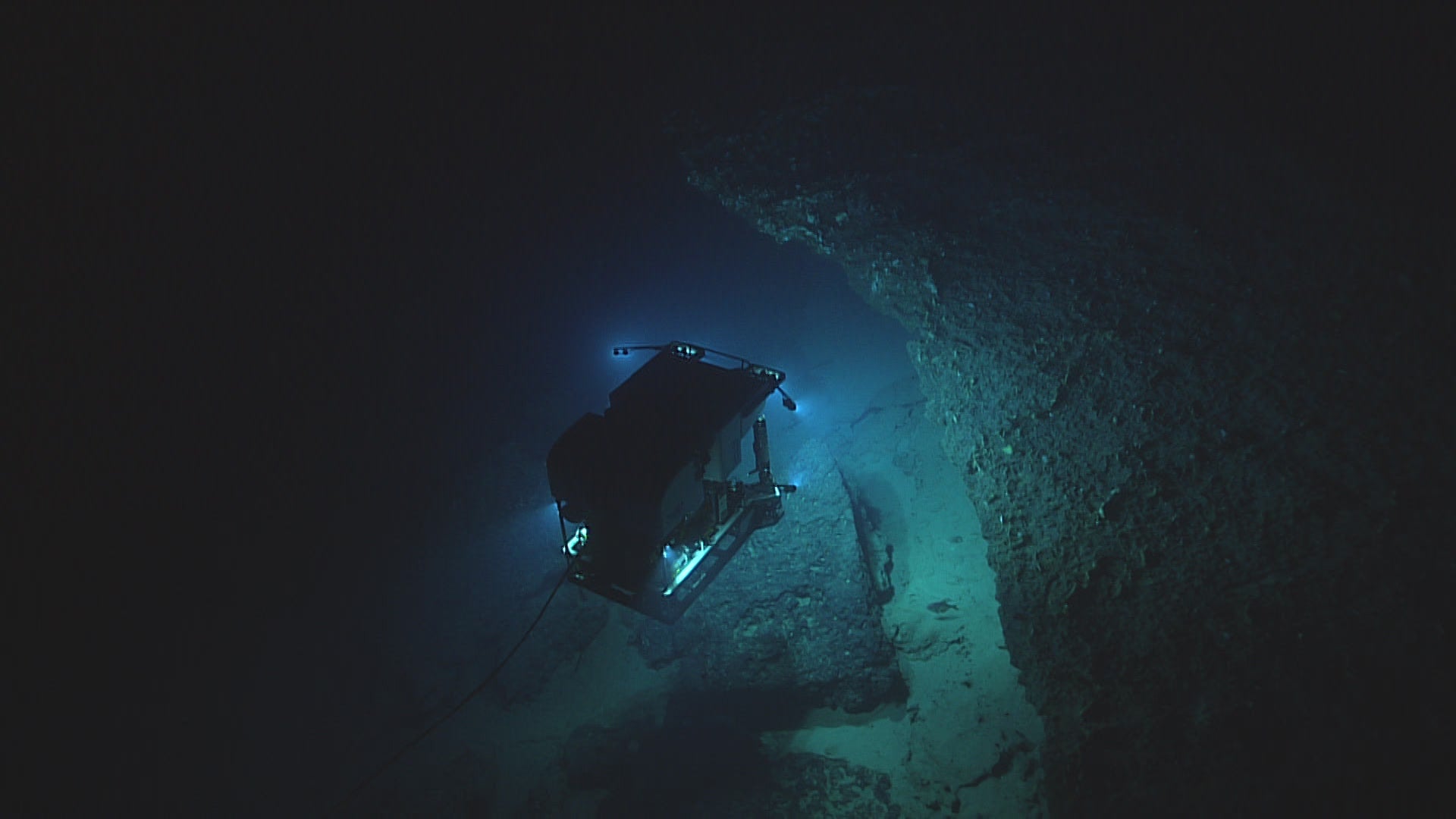
Introduction:
Exploring the Unknown
Despite centuries of exploration, scientists estimate that over 90% of marine species remain undiscovered. Every year, new creatures are found lurking in coral reefs, crawling across the seafloor, or drifting in the open ocean. But how do scientists uncover life we’ve never seen before?
In this lesson, we’ll dive into the tools, techniques, and mysteries behind marine discovery. From deep-sea robots to DNA barcoding, you’ll learn how researchers expand our understanding of ocean life—and why these discoveries matter.
1. Where Do We Look for New Species?
New marine species are often found in remote or underexplored habitats, such as:
Fun Fact
Some new species have even been found in samples collected decades ago—waiting quietly in jars until someone took a closer look!
2. Tools of Discovery: How Do We Find Them?
Scientists use a variety of techniques to locate and identify new marine species:
3. What Makes a Species “New”?
To confirm a species is new to science, researchers must:
- Describe it in detail – Including physical traits, behaviour, and habitat.
- Compare it to known species – Using both morphology (appearance) and genetics.
- Publish a formal description – In a peer-reviewed scientific journal, complete with a unique name (often Latin or Greek in origin).
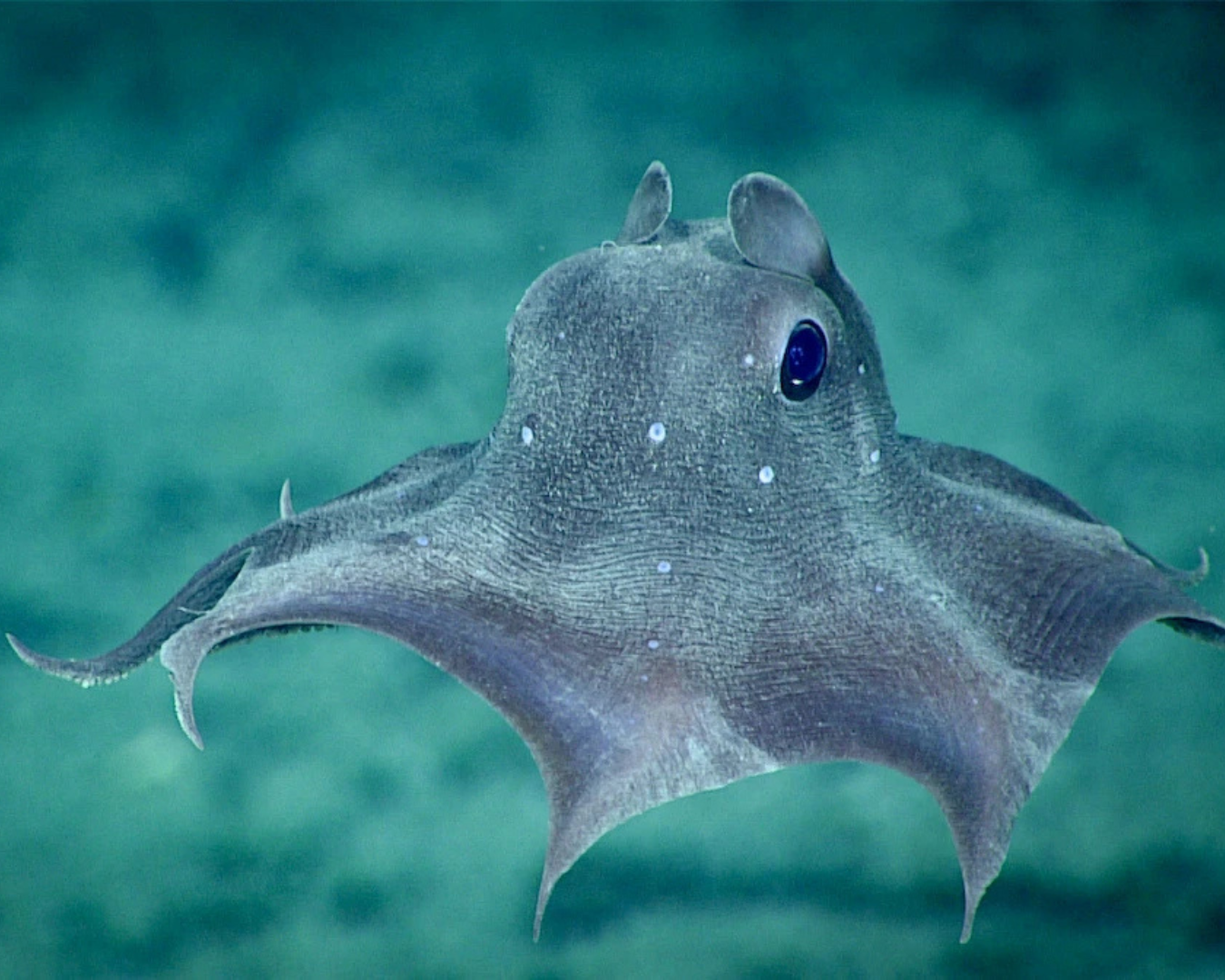
Did you know?
In 2022, scientists discovered a new species of deep-sea octopus with tiny fins and Dumbo-like-ears. It was nicknamed the "Dumbo octopus" before receiving its formal name.
4. Why Do New Discoveries Matter?
Conclusion
Ocean Exploration Is Just Beginning
The ocean remains one of Earth’s last frontiers. Thanks to advancing technology and the curiosity of marine scientists, we’re uncovering new life all the time—sometimes in the most unexpected places.
Whether it’s a glowing jelly, a microscopic worm, or a towering sponge, each discovery reshapes what we know about life on Earth—and reminds us how much we still have to learn.
Key Takeaways:
Most of the ocean remains unexplored, and many marine species are yet to be discovered.
Tools like ROVs, submersibles, and environmental DNA help scientists explore even the most extreme habitats.
A species is considered new when it has been fully described and published in scientific literature.
Discovering new species helps with conservation, medicine, and understanding how ocean ecosystems function.
NEXT LESSON
What Are Marine Ecosystems?
We’ve now reached the end of Life in the Ocean: The Basics of Marine Biology.
Join us as we begin Marine Ecosystems: From Coral Reefs to the Deep Sea.
